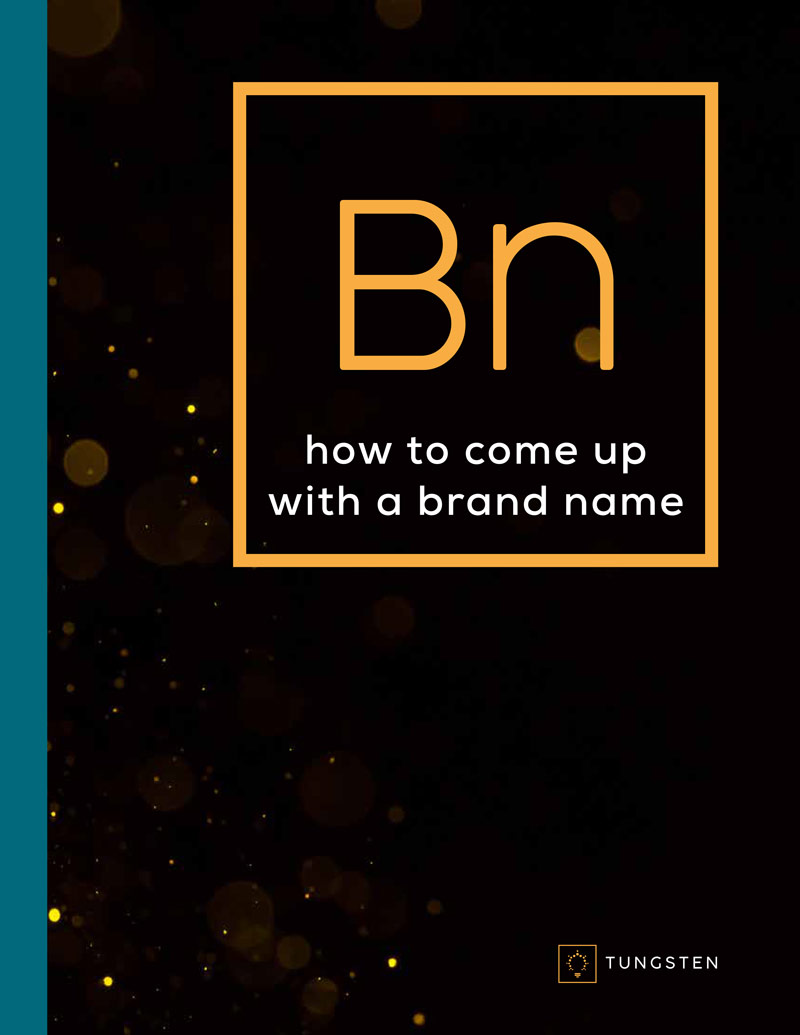Episode 002: Discover Your Pivot Point and Empower Your Brand
Brilliant Branding Live Show Archives
Originally aired weekly August 2017 - August 2018 With host Phil Davis
Show Description
"Brilliant Branding" shines the spotlight, and provides valuable insights, into the most common, and frustrating company identity issues facing startups, entrepreneurs, consultants, and even established business owners. Topics address timely issues such as effective naming strategies, smart logo design, tips for trademarking, clear brand messaging, engaging social media and reputation management. We take a deep dive to uncover the "pivot point" of an organization, the "why" behind each business to help build a more clear, cohesive and compelling brand image.
It’s all about your pivot point.
Branding is more than image, it’s about finding your pivot point. In this episode, we introduce you to the concept of developing a pivot point. We explain that your pivot point is your bedrock; your foundation; what really differentiates you and your company from others in your space.
We revisit a few concepts from last week’s episode, and remind you of what branding is and isn’t. Branding isn’t just a logo or a tagline. It’s how your company looks, feels, sounds, and acts.
Just like a person’s reputation is the totality of how people perceive them, your brand is how people perceive your company. Once you realize your brand is your reputation and your identity, it puts you at a crossroads. Here you have to ask yourself if that identity is progress or service based (what you do) or attribute or benefit based (how you do what you do). While this may seem like a subtle nuance, it can have a huge effect on the trajectory of your business.
A couple of examples…
Radio Shack is a great example of product-identified branding. It was created at a time when radios were pretty cool. Shack was a cool way to refer to a building (Loveshack baby!). However, as time went on and technology changed, the name and brand became increasingly irrelevant.
Best Buy took an entirely different approach. Rather than align itself with any one product, Best Buy promised the “best buy” and was able to “pivot” as commodities fell in and out of favor. Books a million was product-identified, eventually having to re-brand to “BAM!” to de-emphasize books. Books a Million sold books. Amazon also sold books, but was easily able to pivot toward selling other products without ever having to rebrand.
Benefit-based brands allow for wider margins, as the promise of the benefit can outlive the favorability of a particular commodity. An example of this is Comp USA. Comp USA was aligned with one product (computers) in one geographic region (USA). Would you go to Comp USA to buy a TV? A DVD player? An MP3 Player? We discuss how this strategy ultimately hindered the company’s image as electronics stores changed and expanded their inventories.
How to establish your pivot point
Later in the episode, we compare branding to Basketball. In basketball, you can go 360 degrees without fowling as long as you remain planted on one foot. What one thing will your company’s “foot” stay anchored to? We explain how Apple was able to pivot on one foot: innovative products and cool industrial design. This allowed them to change their products so long as they delivered on that image.
The pivot point is the “how” and the “why” of what you do, as opposed to the “what.” The heart of the pivot point; the tip of the spear, is the “why.” You have to identify what is motivating you. Why did you get into business? What was going on that motivated you? If Steve Jobs hadn’t tinkered around in a garage, he would have worked on something else. He wanted to change the world and if it didn’t work out the way it did, the results would have been something other than a computer.
Most entrepreneurs are driven by passion. We encourage you to keep your “why” in mind as you move on. Why did you go into business? Was it to make money? Was it to be your own boss? Was it to gain recognition? Was it because someone told you you were good at something? All of these are valid and acceptable answers. What’s most important in moving your brand forward is making sure that your answer, whatever it is, is an honest answer.
“Why did you get into your business in the first place?”
Here we lead you through an exercise aimed at helping you remember why you got into your business in the first place. We then encourage you to try to find your true motivator. Many people spend tremendous amounts of time and energy taking circuitous routes to meet their goals. Even in your personal life, you have to decide what it is that’s driving you. Mark Zuckerberg wanted to “connect the world.” Steve Jobs wanted to “put a dent in the Universe.” These people were motivated very deeply “on the level of the granite and not the sand.”
If your brand could speak and only say one thing, what would it be? Would it communicate a product? Would it communicate a product or a service? Or would it communicate something bigger than that? Would it communicate trustworthiness? Reliability? Confidence? Inspiration? Admiration? Do you feel the difference? We encourage you to start to answer these questions as a means of leading you toward your pivot point.
You have to make a choice.
When it comes to your brand, you need to make a choice. You need to stand for one thing in a singular fashion. Too many business owners try to be everything to everyone. In doing so, they lose credibility and diminish their brand. So, you have a choice to make. Are you the fastest? Do you provide the best quality? Do you offer the best price? If you don’t choose one attribute, you will lose all of the themes in the eyes of the consumer.
Here we explain the “Venn diagram” approach to creating brand clarity. We compare and contrast the branding strategies of Wal-Mart and K-mart and relate these to creating brand clarity. One company clearly defined itself as a store that offers prices while the other struggled for years in an attempt to promise low prices in addition to high-end products and fashion lines.
Are you ready for change?
According to recent studies, 40-50% of your business revenue will be coming from a different revenue source in 5 years. Are you ready for that? Is your company ready? Is your brand ready? Toward the end of the podcast, we use early turn-of-the-century railroad companies as an example of an industry that was reluctant to change. We discuss the demise of the railroad industry and compare it with an imaginary scenario: What would have happened instead, had these companies decided that they were in the transportation industry, allowing them to pivot into more modern modes of transportation? For contrast, imagine if Apple had lived on simply as a computer company. Even if they were completely successful and dominated the market, would that be as good as the position they’re in now? Think about it.




